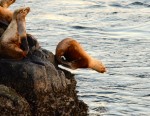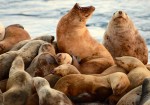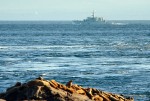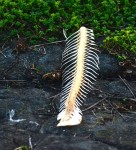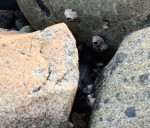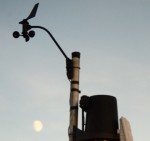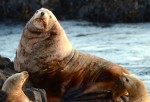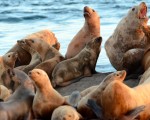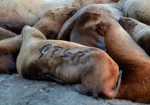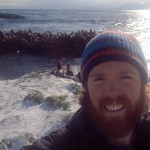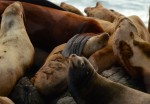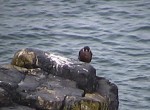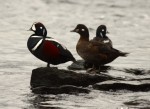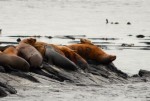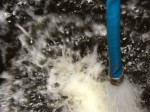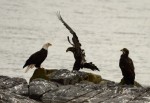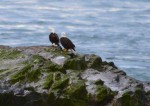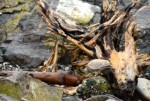The wind blew from the northeast between 17 and 27 knots. At 15:00, the wind died down a bit, blowing between 12 and 14 knots for several hours. The barometer dropped from 1014 hPa to 1008 hPa. The sky was clear, with some clouds in the south. Whitecaps rolled in from the northeast, calming down in the early afternoon. The temperature reached a high of 6.7oC at 15:00.
There was one whale watching boat seen in the reserve.
The winds, swell and tides combined to allow me to stay another day on the Rock. Between my time mopping the floors and tidying up inside the buildings, I observed sea lions through the binoculars. There were no branded or entangled sea lions observed. They all appear healthy. Many have moved on from Race Rocks, probably to go further up the west coast of Vancouver Island. It will be interesting to see how many are still here. We will have to wait until tomorrow’s census to find out.
- A cuddle puddle of steller sea lions on South Seal Rocks.
- There might be something tasty in the water for those gulls.
- A steller sea lion takes a leap into the water.
- A group of steller sea lions on South Seal Rocks.



